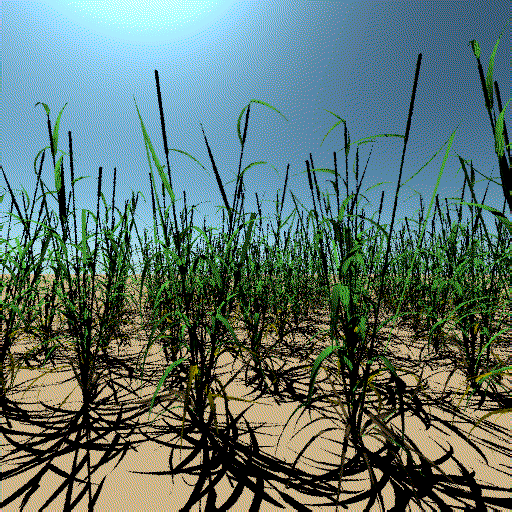Introduction to modeling lectures¶
- Motivation
- Modelling leaf optical properties
- Modelling canopies in the optical domain
Motivation¶
- Model: formulation of physical principles that produce signals you measure.
- Models are simplifications of reality, and thus are not reality
- We need to know strengths AND weaknesses of models
- In EO, we are interested in processes that describe how photon-atmosphere-canopy interactions $\Rightarrow$ radiative transfer theory (RT)
- Some interesting quotations (H/T Mat Disney@UCL
“All models are wrong but some are useful” – George Box
“The purpose of models is not to fit the data but to sharpen the questions” – Samuel Karlin
“No one trusts a model except the person who wrote it. Everyone trusts an observation except the person who made it.” – Anon.
Some uses of physcal models¶
- Inform data collection
- Observng System Observation Experiments (OSSEs)
- Satellite mission simulators
- Consistent treatment of data from different instruments
- Can treat spectral, angular and spatial acquisition characteristics
- Data pre-processing and conditioning
- Consistent use of data from e.g. microwave, optical and thermal domain.
- Parameter retrieval
- The model can be used to interpret observations in terms of model input parameters
- Interpolation/Extrapolation
- Extend observations
- Understand sensitivity of observation

- modelling entails assumptions
- You need to understand the assumptions
- ... and assess whether they are acceptable for your application!
Physical models and EO¶
- Typically want to monitor processes over vast areas, different time scales...
- EO is an indirect measurement, so data we acquire needs to be interpreted
- Eg: we measure radiance from a sensor
- ... but you said you were interested in delimiting land use!
- ... bit you said you were interested in assessing fire danger!
- Data interpretation can be done in two ways:
- Empirical models: measure magnitude of interest $\leadsto$ pairing with EO data $\leadsto$ finding a statistical relationship
- Mechanistic models: by considering the processes that produce the observations, and using this understanding to quantify variables of interest.
An example of a mechanistic model¶

Assumptions!¶
- In both cases, there are assumptions:
- An empirical model is typically derived for a particular
- Location
- Time
- Sensor
- A mechanistic model makes assumptions on
- processes included and ignored
- simplifications of the processes
- An empirical model is typically derived for a particular
- Physical models explicitly enconde basic properties of system
- Energy conservation
- Reciprocity
Model error¶
- Observations have experimental error (e.g. errorbars!)
- Model error encodes the price that the model inadequacy in predicting reality
- It is usually very hard to assess formally
- ... and thus often disregarded


